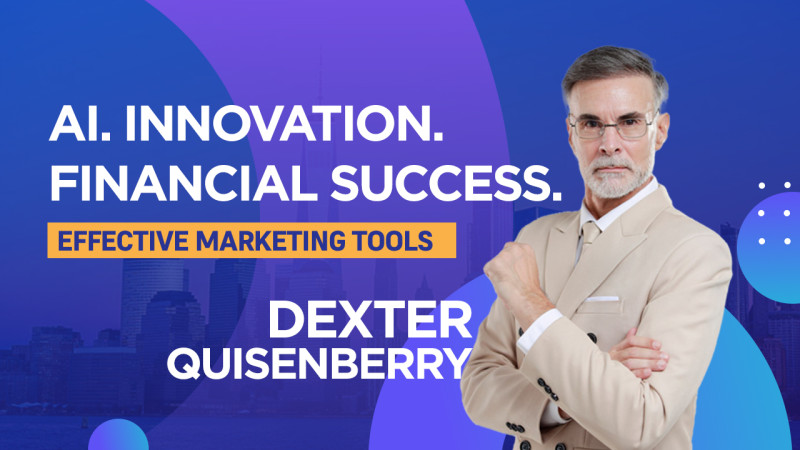A New Way To Understand Automation
For one of the most distinguished critics of automation, MIT economist Daron Acemoglu has been, ironically, cranking out research on the subject lately like he's a machine. He and his co-author Pascual Restrepo have produced so many studies on the subject that he couldn't tell us how many they've done. "I've lost count," he says.
Their conveyer belt of research has been spitting out some startling facts. They find, for instance, that each new industrial robot killed, on average, 3.3 jobs in America between 1993 and 2007. Last week, Acemoglu and Restrepo released a new study that suggests as much as 70 percent of the rise of inequality in America since 1980 is due to machines devouring jobs previously done by middle and low-income workers.
[Editor's note: This is an excerpt of Planet Money's newsletter. You can sign up here]
More than just quantifying the past effects of automation, Acemoglu and his colleagues have been developing a new framework to understand it going forward. People often talk about technology as if it has just one effect, leading us closer to an automated world, which, depending on where you sit, is either the glittering utopia of abundance seen in Star Trek or the dismal dystopia seen in The Terminator. The Acemoglu framework adds richness and complexity to the picture.
Automation, Acemoglu says, has multiple effects. The first is the one everyone is scared of: the destruction of jobs. Acemoglu calls this "the displacement effect." This is the cost of automation. But automation also has benefits: it has "a productivity effect" that makes industry more capable of producing lots of cheaper stuff. This puts more money in the pockets of both companies and consumers. Consumers pay less for stuff, which gives them more money to spend on new things. That makes companies more profitable and allows them to hire more workers to provide those things. And workers can benefit in other ways, as the technologies causing automation often come along with all sorts of new jobs for humans to do, like being a robot technician or a software coder. The economists call these job-creating benefits of new technology "the reinstatement effect."
The question Acemoglu and Restrepo have sought to figure out as automation has accelerated is which of these effects tend to dominate. In a study published in 2019, they crunched reams of data to come up with an answer. Between 1947 and 1987, they find, the productivity and reinstatement effects of new technologies were so large that they were able to more than make up for the displacement effects. "During the four decades following World War II there was plenty of automation," they write, "but this was accompanied by the introduction of new tasks... in both manufacturing and the rest of the economy that counterbalanced the adverse labor demand consequences of automation."
Between 1987 and 2017, however, they found that the displacement effect of new technologies far outweighed their productivity and reinstatement effects. New machines and software have been killing old jobs faster than they've been creating new ones, they say, which helps explain why so many workers are getting left behind.
There are a few potential reasons for the tide turning on automation. One is that today's technologies create fewer new jobs than past technologies. Think Instagram vs Kodak. Kodak used to employ tens of thousands of Americans, including many blue-collar workers, to manufacture cameras and make, develop, and distribute film. Instagram employs far fewer workers overall and far fewer blue-collar workers in particular.
Another reason technological change may be less great today is that, unfortunately, the computer revolution, at least so far, has had pretty lackluster productivity effects compared to previous industrial revolutions. This was one of the central insights of Northwestern economist Robert Gordon's book, The Rise and Fall of American Growth, a few years back. Productivity growth, or the ability to generate more products in less time, is the key to generating greater prosperity, and the lack of much productivity growth these days is a problem for the creation of new, good-paying jobs.
Acemoglu and Restrepo call a lot of the inventions hitting the market these days "so-so" technologies. "So-so technologies are those that create displacement, but they don't really improve productivity," Acemoglu says. He gave the examples of self-checkout kiosks at grocery stores and automated customer service software. Companies use these so they don't have to pay people to do the work, but these technologies don't really do the job better. They mostly just drive us crazy, forcing customers to do the work themselves with the help of machines instead of paying people to help them with it.
Acemoglu argues that much of the automation we've seen in recent years is "excessive." Businesses are using machines to kill jobs without generating significantly lower production costs, he says, while also imposing all the costs on society that comes with greater unemployment and lower wages. Businesses don't take into account these social costs when making the decision to automate away jobs (economists call these social costs "negative externalities").
Acemoglu says it's not just business that's to blame. Companies may be guilty of excessively automating because they don't factor in all the social costs it creates. But governments are also culpable. In the US, the government, through the tax code, is actually giving companies extra encouragement to automate jobs. That's because it taxes capital at a lower rate than labor and provides all sorts of tax write offs for purchasing machines, software, and equipment.
Acemoglu hopes the research they continue to produce will get policymakers to take a new, smarter approach to technological change. With growing fears about Artificial Intelligence and other technologies in the pipeline, leaders are at last beginning to listen. Last year, Acemolgu testified before Congress and urged them to reform the tax code, invest more in R&D, and play a bigger role in directing the future of technology.
Acemoglu may be doing research like a machine, but he's looking out for us humans.
Did you enjoy this newsletter segment? Well, it looks even better in your inbox! You can sign up here.
Disclaimer: The copyright of this article belongs to the original author. Reposting this article is solely for the purpose of information dissemination and does not constitute any investment advice. If there is any infringement, please contact us immediately. We will make corrections or deletions as necessary. Thank you.







